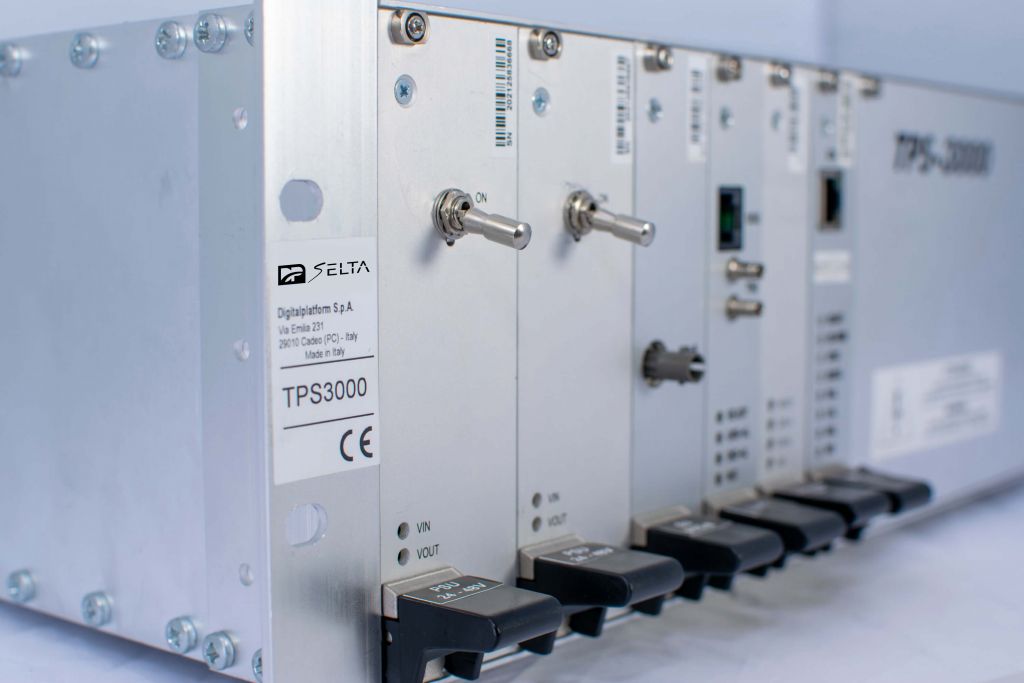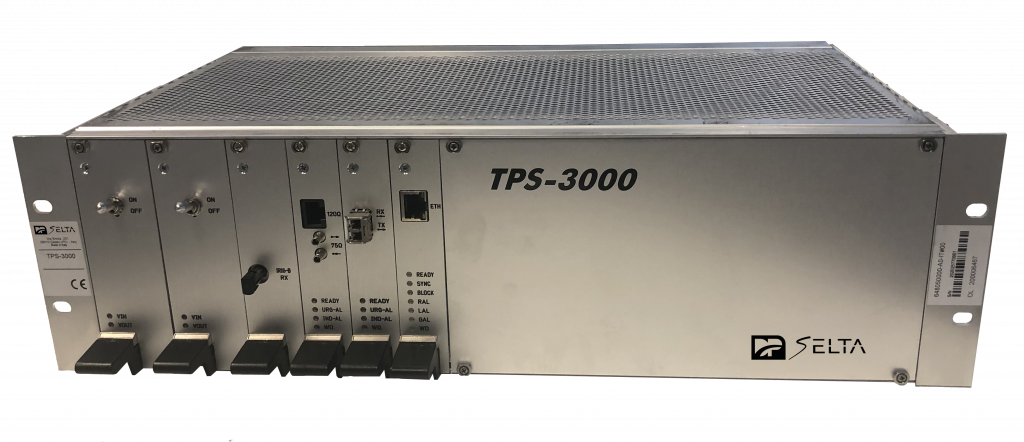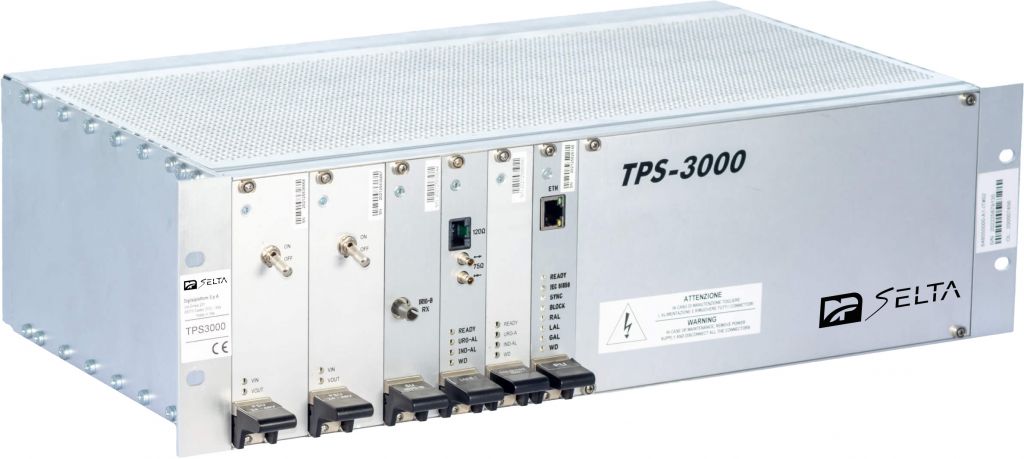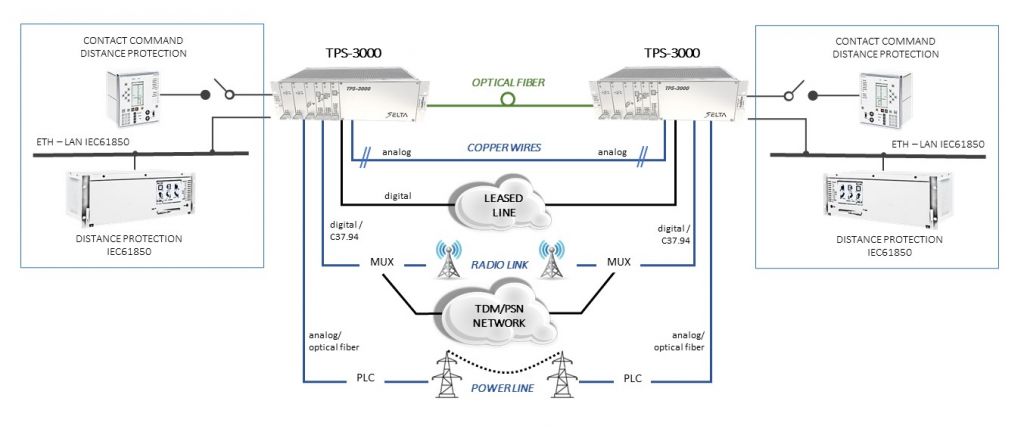Analog and digital teleprotection equipment




The protection requirements are very important in a modern electrical network in order to ensure the protection of its components, the entire system security, the transient stability and, in general, the operational security. The protection systems and related automatisms, mainly represented by fast and slow automatic reclosing devices, are used to protect the network, from generation to distribution and transmission. The protection device is the system located at the end of the power line, and has the purpose of isolating faults on HV lines, transformers, reactances and other elements of the plant. It measures voltage, current, impedance and, in the event of a fault, it opens the respective breaker to avoid failures and damage to the electrical plant. While they have to protect the total length of the power supply line, they are regulated to cover 80% of it in order to avoid undesidered commands causing power interruption.
In the scenario involving the use of teleprotections, the protection device detects any faults or anomalies in the substation and immediately sends the circuit-breaker opening command to the connected substation. At the same time, it informs the TPS-3000 teleprotection about sending a signal to the remote protection-teleprotection system in order to intervene and protect the transport carrier. The reaction time is less than 100ms and within this time the power line is completely disconnected.
The TPS-3000 device guarantees a high level of protection, stability and resilience of the power grid, with real-time reactions to the events. TPS-3000 is also a very flexible and economical solution for the protection of power lines. The set of functions and applications is so complete that satisfies the needs of any type of scenario.

